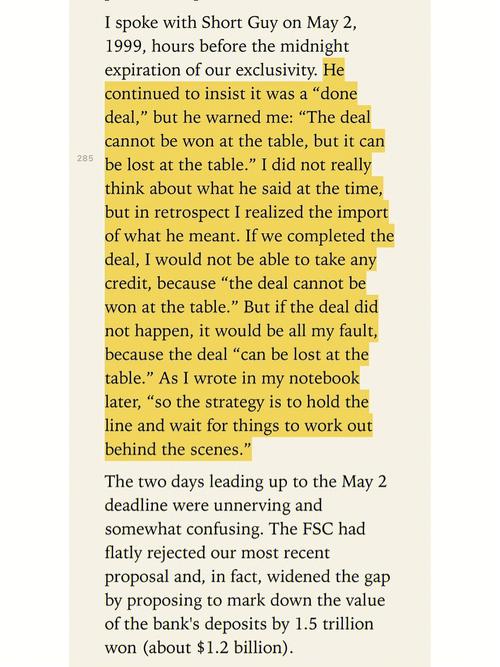
Understanding Unreal Engine Games
Are you curious about whether you have to charge money for Unreal Engine games? This question is quite common among developers and enthusiasts alike. In this article, we will delve into the various aspects of Unreal Engine games, including their pricing models, the costs involved, and the factors that influence the decision to charge for these games.
What is Unreal Engine?
Unreal Engine is a powerful game development platform created by Epic Games. It is widely used for creating high-quality games, simulations, and real-time experiences. The engine is known for its advanced graphics, physics, and AI capabilities, making it a favorite among developers worldwide.

Pricing Models for Unreal Engine Games
When it comes to Unreal Engine games, there are several pricing models to consider. Let’s explore some of the most common ones:
-
Free-to-Play (F2P): This model allows players to download and play the game for free. Developers generate revenue through in-game purchases, such as cosmetic items, skins, or additional content.
-
Pay-to-Play (P2P): Players must pay a one-time fee to download and play the game. This model is often used for premium games with high production values.
-
Subscription-Based: Players pay a recurring fee to access the game and its content. This model is common for multiplayer online games and ensures a steady revenue stream for developers.

-
Open Source: Some Unreal Engine games are released under an open-source license, allowing players to download and play the game for free. Developers may choose to monetize these games through in-game purchases or donations.
Costs Involved in Unreal Engine Games
Developing an Unreal Engine game involves various costs, including:
-
Development Tools: Unreal Engine itself is free to download and use, but additional tools and plugins may require a purchase.
-
Hardware and Software: High-performance hardware and software are necessary for game development, which can be quite expensive.
-
Marketing and Distribution: Reaching potential players is crucial, and marketing and distribution efforts can be costly.
-
Legal and Administrative Costs: Registering your game, obtaining licenses, and dealing with legal issues can incur additional expenses.
Factors Influencing the Decision to Charge for Unreal Engine Games
Several factors influence the decision to charge for Unreal Engine games:
-
Game Quality: High-quality games with advanced graphics and features often justify a higher price point.
-
Target Audience: Understanding your target audience’s preferences and willingness to pay is crucial in determining the pricing model.
-
Competitive Landscape: Analyzing the pricing strategies of similar games in your genre can help you make an informed decision.
-
Development Costs: If your game development costs are high, you may need to charge more to cover these expenses.





